Nikon Z5 Mirrorless Camera Review:
Nikon has been making great cameras for decades, and with the creation of the Z Series, it looked to me as if Nikon was finally taking mirrorless seriously. So far, they have produce some great products in this series. Recently, they introduced something new that I was particularly excited about when I first heard of it: the Nikon Z5. Why would I be excited for something that Nikon technically calls its “entry level” full frame camera? Well, considering its specs combined with the price, which is $1,396.95 (there’s even a current rebate of $100), I felt there was real potential here. So, I tested it out, and here is what I thought of it.
Nikon Z5 Mirrorless Camera Build Quality:
Let’s first talk about the Z5’s overall build and ergonomics. For about $1,400, I wasn’t sure what to expect. After all, this is a full frame camera that actually comes in cheaper than some cameras with cropped sensors like the brand new Fuji X-T4, which currently retails at $1,699. There were a lot of questions in my mind: will the Z5 be excruciatingly slow? Will it suffer from poor image quality? Will the electronics be subpar? Well, I’m happy to report that in terms of build, this camera isn’t just made cheaply with plastic parts; on the contrary, the build is excellent. The Z5 feels very solid in the hands thanks in part to its magnesium alloy chassis. In fact, it feels slightly better built than even my Fuji X-T3, which is technically a pro Fuji body. To top it off, it is also dust and weather resistant, so you can take it with you even on those days that aren’t exactly ideal in terms of weather.
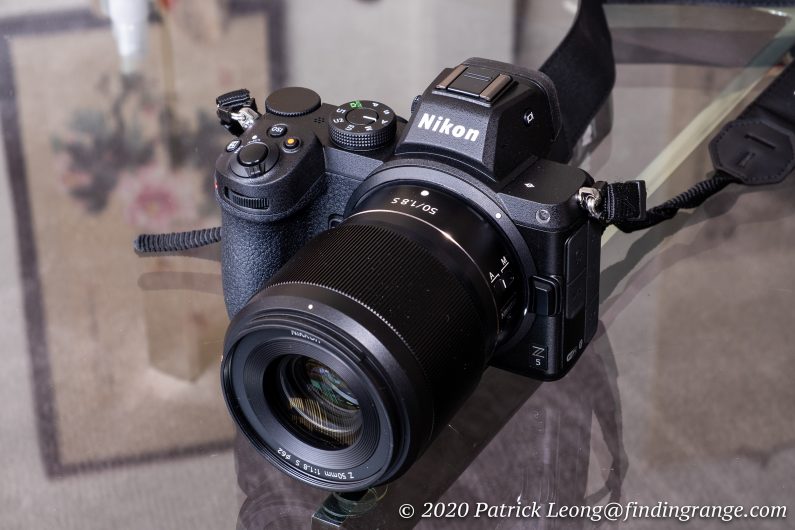
↑ Here’s the Nikon Z5 with the 50mm f1.8.
It’s also worth mentioning that ergonomically, the Nikon Z5 is great in my hands, and one of the most comfortable cameras I’ve held. Quite frankly, the grip feels like it was almost molded specifically for me. Buttons and scroll wheels feel logically placed. Things don’t feel cluttered all over the body. The one feature you are missing though when compared to Nikon’s more expensive Z Series cameras is the top panel LCD display. This panel gives you a quick view of the important settings but in all honestly, I don’t find it so important that my photography would suffer, if I didn’t have this panel. In other words, I don’t find it a huge deal that the Z5 doesn’t have one. The layout on the top plate is quite nice just the way that it is made. Things are kept simple, and straight to the point.
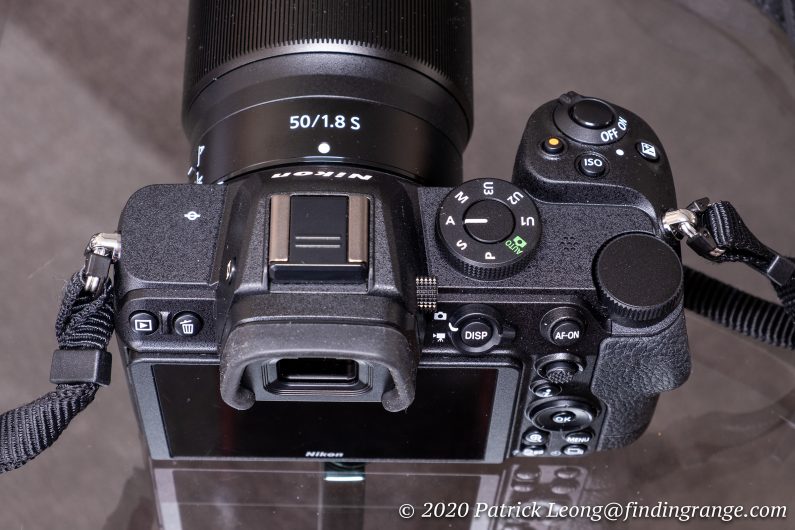
↑ Here’s the top plate of the Nikon Z5.
As for overall size, the Nikon Z5 is pretty compact as well. It’s full frame, so it isn’t as compact as say the Fuji X-T4 (I mention Fuji a lot because I shoot with a Fuji system). But with that said, it’s not much larger than an X-T4 either. I was walking around quite a bit with the Z5, and it was business as usual: it didn’t feel much larger than my Fuji system. The camera is a good size overall: it’s large enough where you don’t feel like everything is crowded on the camera yet it’s still compact enough where you can carry it around all day long without feeling fatigue or sticking out like a sore thumb. It’s small enough where it can still be discreet for those who prefer to take candid shots or do some street photography.

↑ This is the back of the Z5.
With all that said, the Nikon Z5 still comes with a lot of great features, and again, all for about $1,400. For one, it has a superb 3.69m-dot electronic viewfinder. You get a beautifully crisp, bright image with great contrast and color. I didn’t experience any lag either. For those coming from an optical viewfinder, I wouldn’t worry too much about adjusting to the EVF because the quality is so good that it doesn’t even feel like it’s electronic.
There’s also a tilting 3.2″ 1.04m-dot LCD touch display. It does not tilt all the way around, so you can’t do selfies but it’s still a great monitor. The pixel count isn’t as high as some of the higher end mirrorless cameras, such as, the new Nikon Z6II, which as 2.1m-dot of resolution. However, unless you put them side by side, I don’t think many would notice much of a difference, especially in real world use. The Z5’s LCD display still provides a clear, sharp, and colorful image that is also bright with great contrast.

↑ The Z5 has a tilt display that is touch screen.
There are other important features that are normally found on pro bodies that are also in the Nikon Z5. For one, the Z5 does have dual card slots. Both slots support up to the UHS-II protocol. You can use them together for overflow storage or automatic back up. You can also separate file types like RAW, and jpeg or stills and videos. There is also an in-body axis sensor-shift Vibration Reduction (VR) mechanism that compensates for up to five stops of stabilization. Furthermore, battery life is actually pretty great. Spec-wise, you get approximately 470 shots per charge but I wouldn’t be surprised if that was a conservative number. Let’s just say that I wasn’t too worried about charging the battery every time I went out. Additionally, you can also get the MB-N10 Multi-Battery Power Pack, if you want to extend your shooting times.

↑ Dual SD card slots.
There are two areas where I felt the Z5 was a bit weaker. One is its burst mode. The Nikon Z5 does a modest 4.5 fps. Here’s the thing though: I rarely shoot at max frames per second even during my model shoots, so 4.5 fps is plenty quick for me. I imagine for a lot of people, it’s plenty quick. It still can capture action shots. All shooting any faster means for me, at least, is having to go through more, and more files to find the perfect one, which is a waste of my time. That’s why I rarely shoot at max burst mode with my own camera.
The other area where the Z5 is weaker is when using its movie mode. The Z5 does 4K but uses a 1.7x crop. Full HD uses the entire frame though. Fortunately for me, I don’t do much video anyway. So for me, this would not be a deal breaker.
Nikon Z5 Mirrorless Camera Autofocus:
As for the autofocus, the Nikon Z5 uses a hybrid focusing system that has both phase, and contrast detection with 273 selectable points, so your entire frame is pretty much covered. There’s also Eye-Detection Autofocus, which works on the eyes of humans, cats, and dogs. It can even follow them as they move behind objects in the frame.
Overall, I found the Z5 has an excellent autofocus system. I shot a variety of subjects from street, models, candids, and pets; I found the AF to be plenty fast with the focusing being nearly instantaneous and accurate most of the time. I’ve been using the Z5 with the NIKKOR Z 24-70mm f/4 S Lens, and the NIKKOR Z 50mm f/1.8 S Lens, and both lenses have performed superbly on it. I’ve even brought along the Z5 with me on a few of my shoots to test the face detection. It worked great. It locked on tenaciously to the subject, and kept up with the changing poses after each click of the shutter.
I found the autofocus was comparable to my Fuji X-T3, and all the Fuji bodies I’ve reviewed so far, which includes new ones like the X-T4. The autofocus isn’t something you have to wait for or something that is always searching. It’s immediate, and very sure of itself for the most part. There were instances where it miss focused in dimly lit areas but nothing that was really out of the ordinary. Overall, I found it to be quite capable.
Nikon Z5 Mirrorless Camera Image Quality:
In terms of image quality, I think the Nikon Z5 produces fantastic images. For less than $1,400, you’re getting a full frame 24.3 MP CMOS sensor with the EXPEED 6 Image Processing Engine. It sounds similar to the 24.5 MP sensor in the Z6 but it’s different. The sensor in the Z6 has technically better low light performance with it being a BSI CMOS (backside illuminated). With that said, I don’t feel it’s a huge difference in the real world, and with the one in the Z5, you’re still going to get superb image quality.
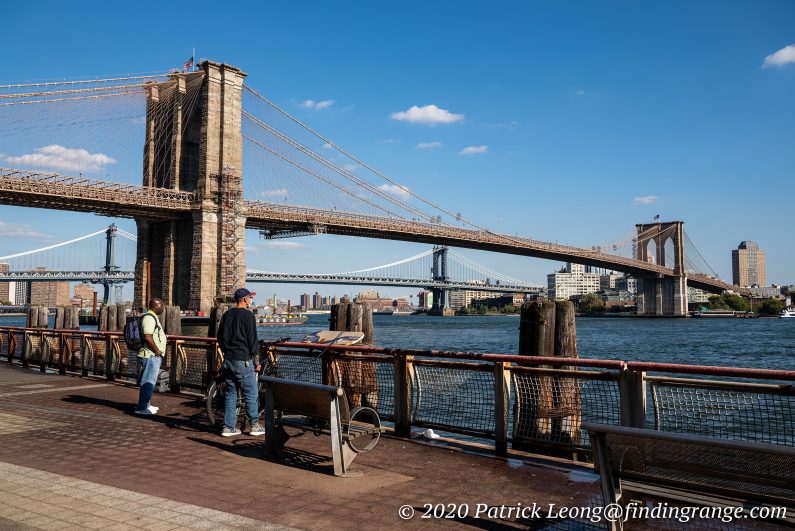
↑ This was taken with the 24-70mm f4 set at the 32mm focal length and f8. I used 100 ISO.

↑ This was taken with the Nikkor Z 24-70mm f4 S set at the 30mm focal length and f8. I used 250 ISO.

↑ This is another shot taken with the Nikkor Z 24-70mm f4 S set at the 35mm focal length using f4 and 100 ISO.
The truth is, I’m downright impressed with what the Nikon Z5 produces. In fact, I feel the image quality is one of the major strengths of the Z5. Color and contrast are great. With the dynamic range being so good, there’s a lot of flexibility when editing the RAW files. Yes, this is an “entry level” full frame camera, and yes, you can use it for casual photography or if you’re new to photography, this is a great camera to learn on considering it’s easy to switch from full auto to manual. But don’t let that “entry level” title full you because it is quite capable of producing professional results.
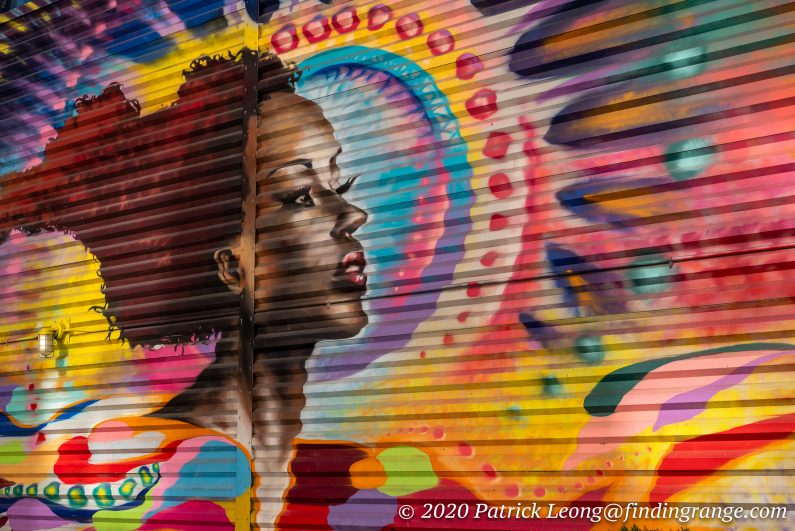
This was taken with the 50mm f1.8 set at f5.6. I used 100 ISO. Credit for this mural goes to: Ben Angotti (@angotti81), model @emonibaraka, and help from @nysmclothing.

↑ This was taken with the 24-70mm f4 set at the 35mm focal length using f8 and 160 ISO.
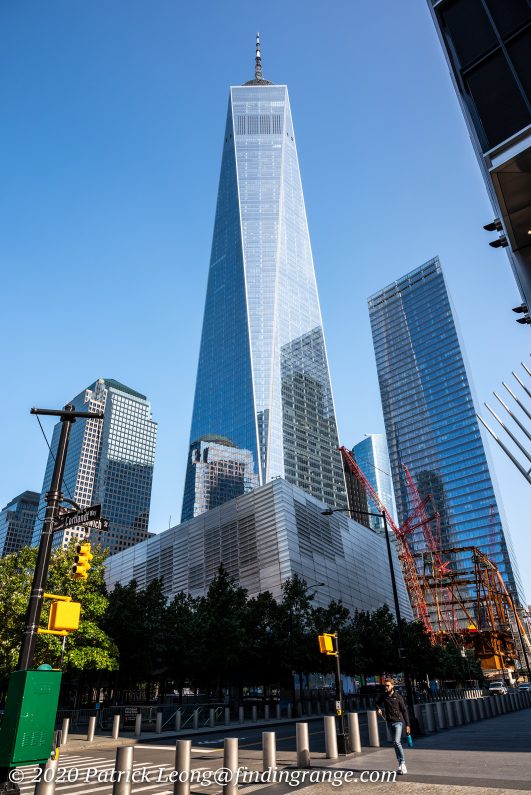
↑ Here’s one taken early morning with the 24-70mm f4 set at the 24mm focal length. The settings were f8 and 160 ISO.
Most of these files in this review were processed from RAW files but it’s worth noting that the Nikon Z5 produces fantastic out of camera jpegs as well. I was, quite frankly, surprised at the quality of them. I did review the Nikon Z50 a while back, and remember loving those out of camera jpegs as well. Getting back to the Z5, I actually prefer the ones from this camera over my Fuji out of camera jpegs, and as some of you know, Fujifilm is one of those manufacturers known for having cameras that produce superb out of camera jpegs. Obviously, we all have different tastes. I’m sure there are others that prefer the Fuji ones. All I’m saying is the out of camera jpegs from the Z5 are up there with the best (the four photos below this paragraph are out of camera jpegs). So, if you don’t want to bother with editing any RAW files, you can definitely rely on just the jpegs from the camera.
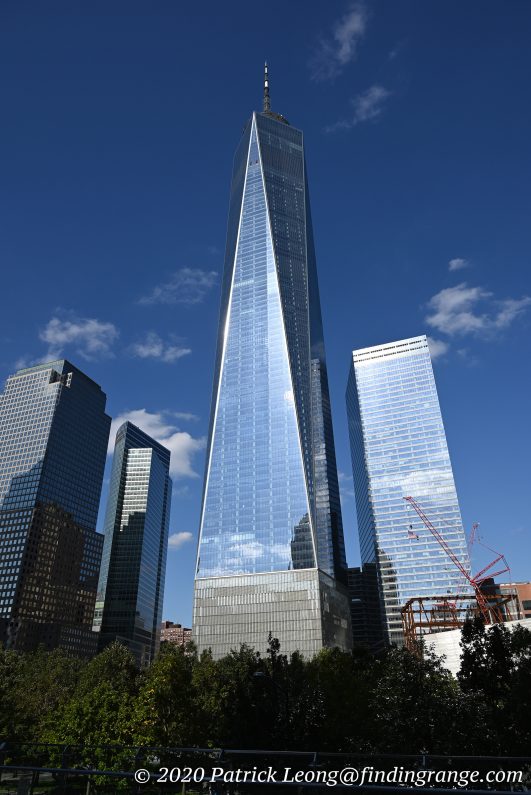
↑ Here’s an OOC jpeg taken early morning with the 24-70mm f4 set at the widest focal length using f8 and 100 ISO.

↑ Here’s an OOC jpeg taken in the afternoon with the 24-70mm f4 set at the 29mm focal length and f8 using 100 ISO.
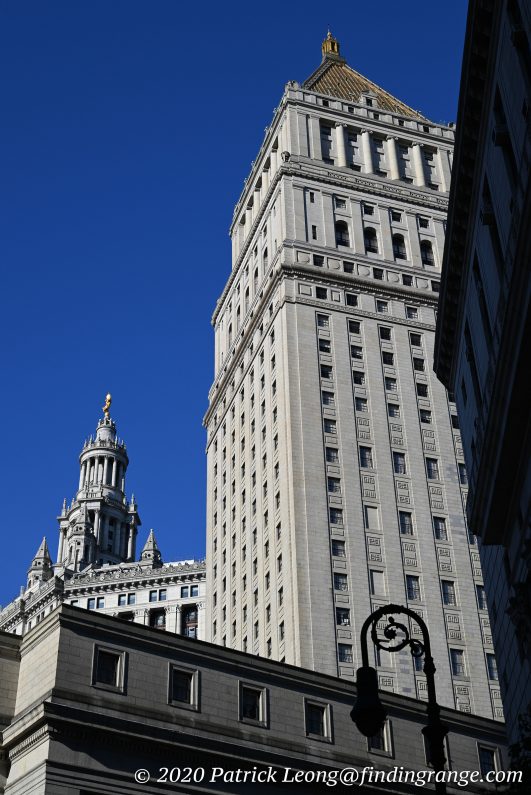
↑ Here’s an OOC jpeg taken with the Nikkor Z 50mm f1.8 S set at f8 using 100 ISO.
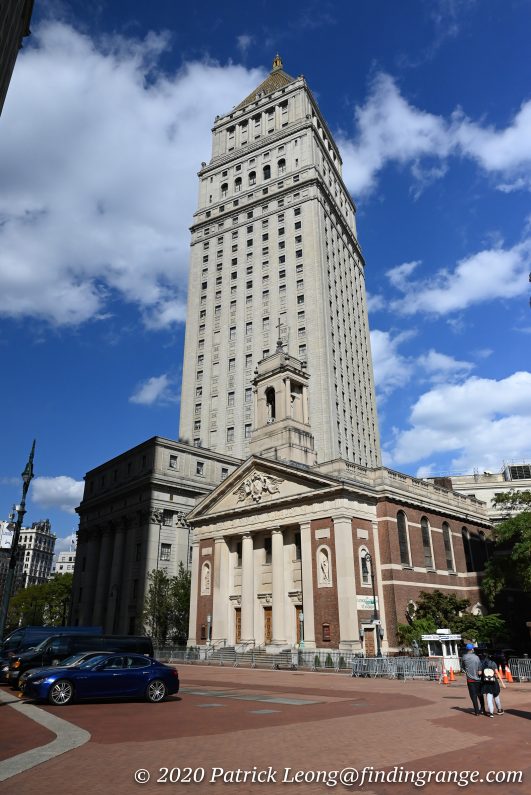
↑ Here’s OOC jpeg taken with the Nikkor Z 24-70mm f4 S set at the 24mm focal length and f8 using 1600 ISO.
To top it off, the Z5 has a wide sensitivity range from 100 to 51200 ISO (extended 50 to 102400 ISO), and I’m happy to report that for the most part, the quality of the high ISO pics is great. You’ll start seeing a bit of noise creeping in around 1600 ISO but there’s nothing out of the ordinary.
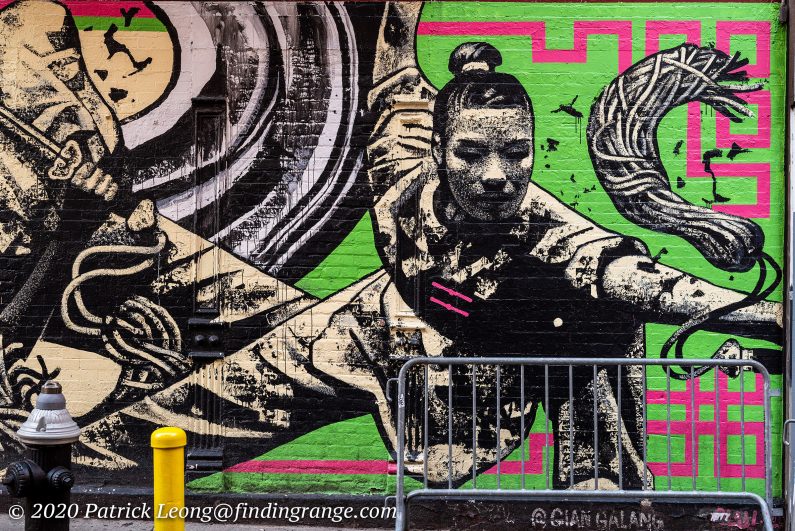
↑ Here’s a shot taken with the Nikkor Z 50mm f1.8 S lens set at f5 using 1100 ISO.

↑ Here’s a shot taken with the 24-70mm f4 set at the 42mm focal length. The settings were f8 and 1600 ISO.
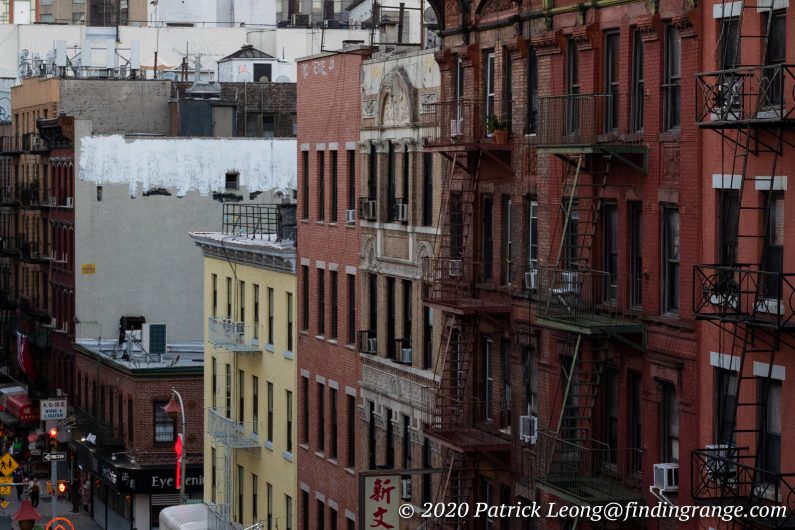
↑ Here’s a 100% crop of the photo above.
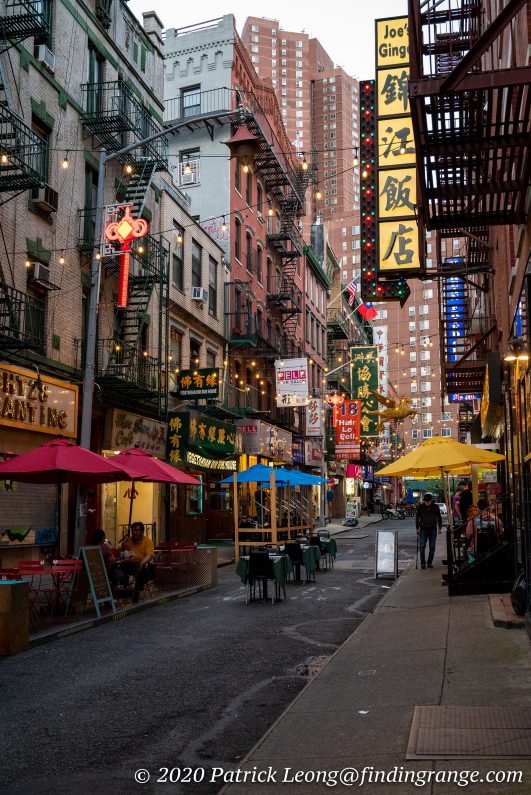
↑ Here’s a shot taken with the 24-70mm f4 set at the 38mm focal length. The settings were f4.5 and 3200 ISO.
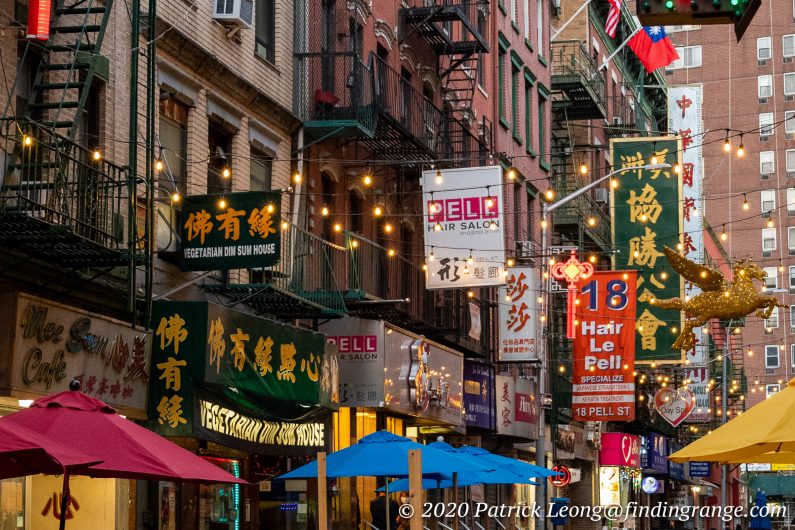
↑ Here’s a 100% crop of the photo above.
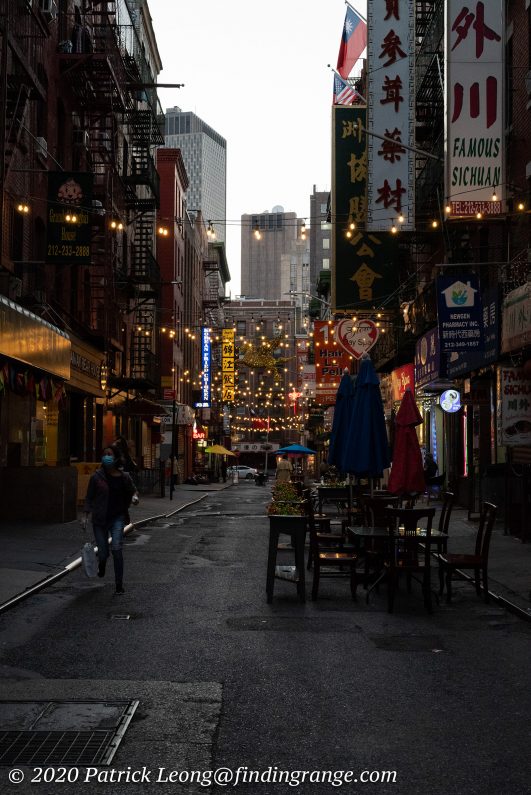
↑ Here’s a shot taken with the 24-70mm f4 set at the 45mm focal length. The settings were f7.1 and 6400 ISO.
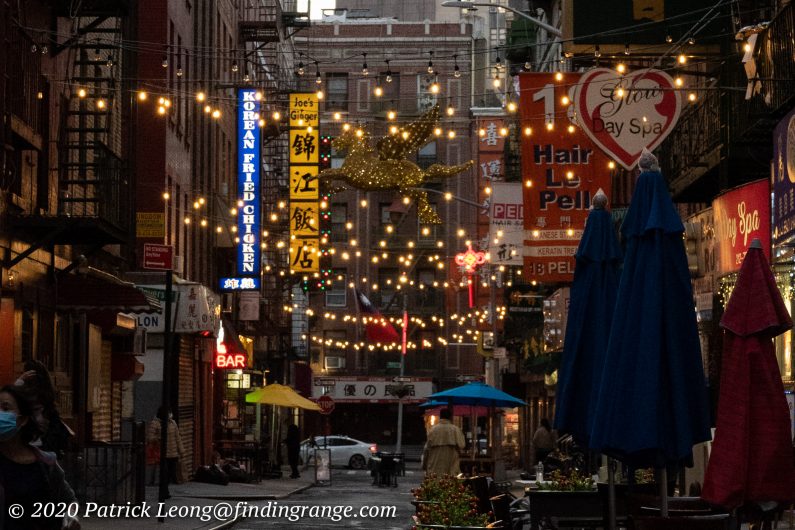
↑ Here’s a 100% crop of the photo above.
Even 6400 ISO, while noisier than 1600 ISO and 3200 ISO, is still pretty clean. Basically, I was shooting this camera anywhere from 100 to 6400 ISO for most of the time, and I didn’t experience any real issues. Noise control and saturation are really well maintained all the way up to 6400 ISO. I would say even 12800 ISO can be used quite effectively. Noise and desaturation are definitely more apparent but in my opinion, it’s still well controlled. As I mentioned, earlier, this camera will go all the way up to 102400 ISO but I would still save this more for when I truly need it. Overall, I feel the Z5 has great high ISO capabilities, and can definitely keep up with its competitors.
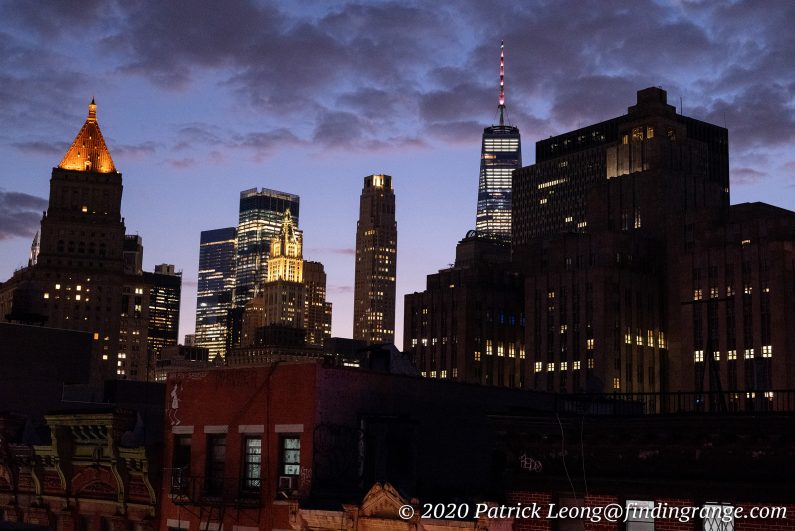
↑ Here’s a shot taken with the Nikkor Z 50mm f1.8 S at f4. I used 12800 ISO, and I think this is pretty clean.
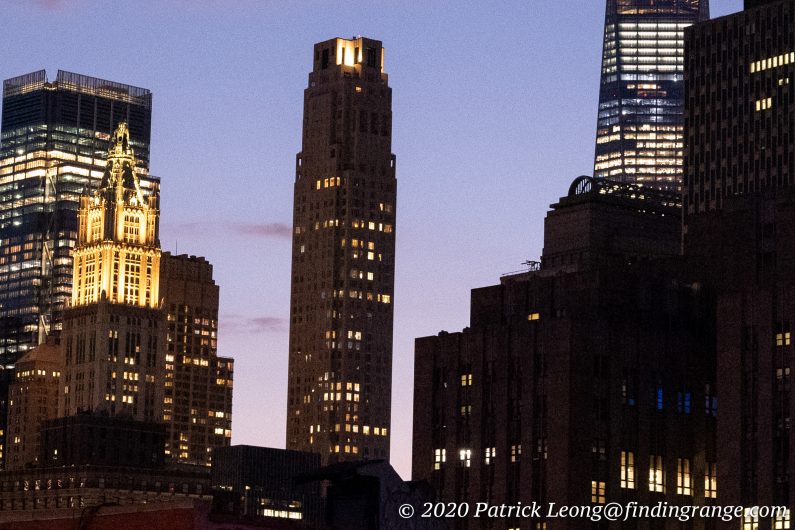
↑ Here’s a 100% crop of the photo above.
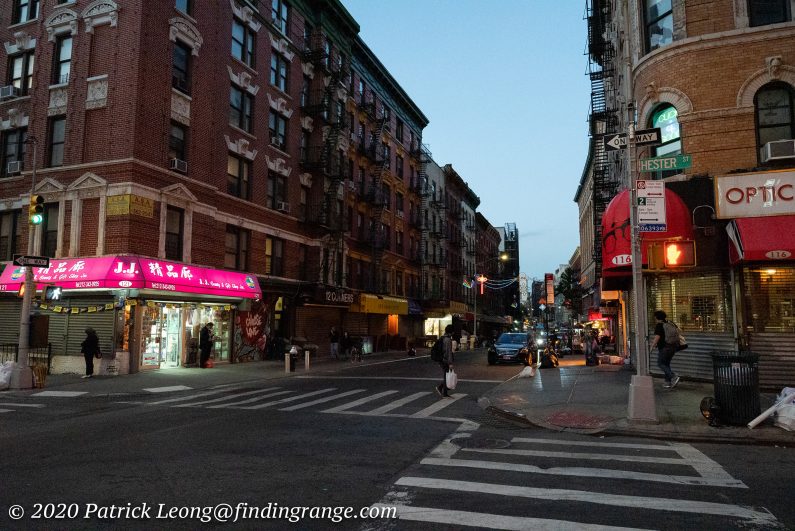
↑ Here’s a shot taken with the NIKKOR Z 24-70mm f4 S lens set at 24mm and f7.1. I used 25600 ISO.
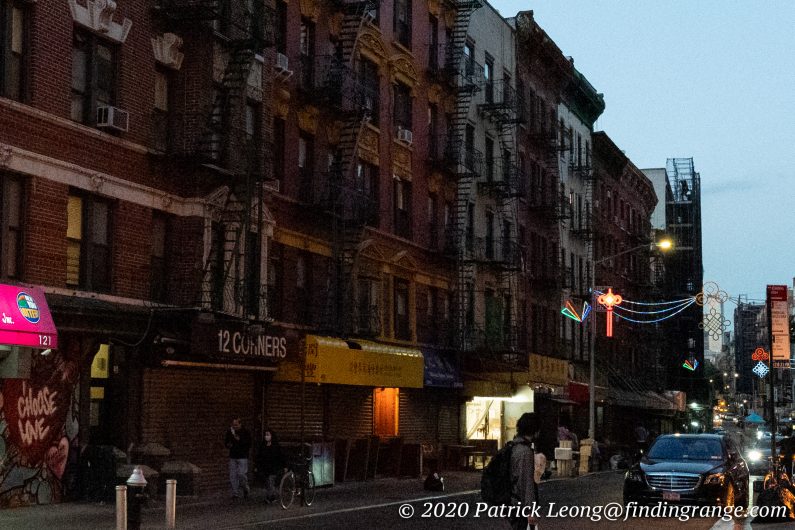
↑ Here’s a 100% crop of the photo above.
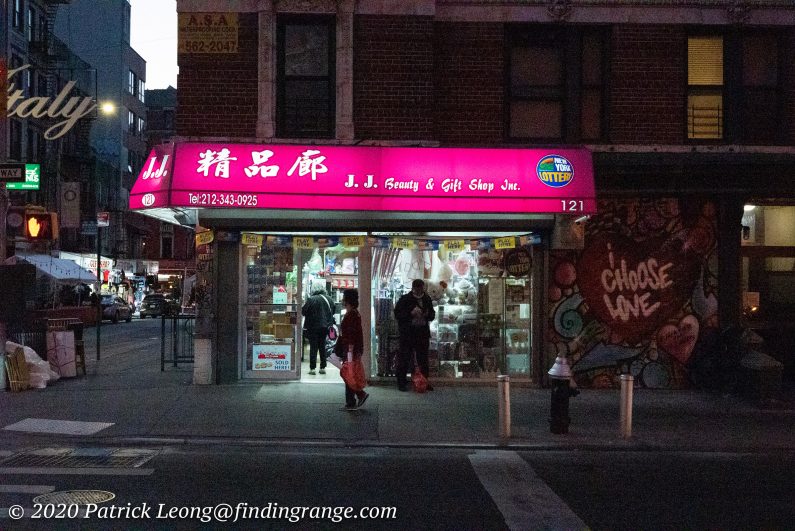
↑ Here’s a shot taken with the 24-70mm f4 with the 40mm focal length. The settings were f7.1 and 51200 ISO.
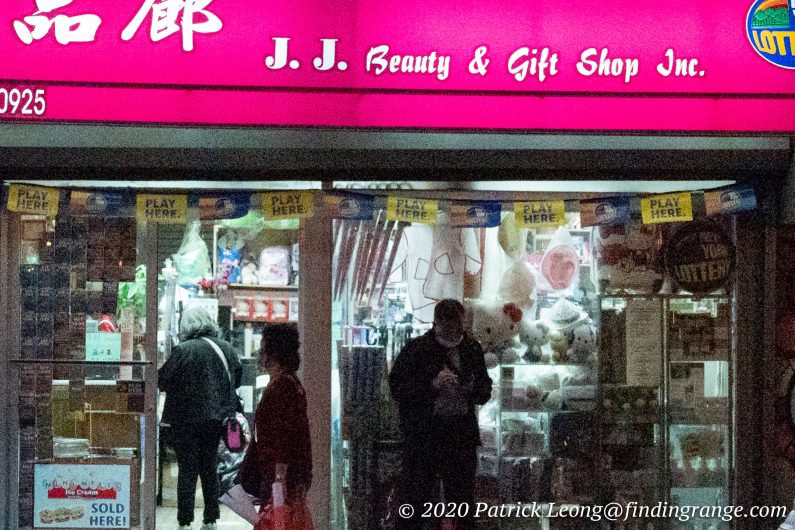
↑ Here’s a 100% crop of the photo above.
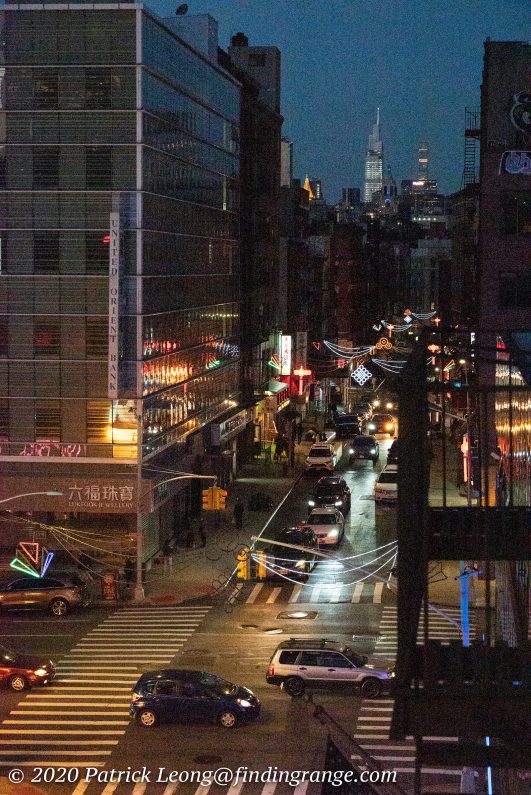
↑ Here’s a shot taken with the 24-70mm f4 set at the 70mm focal length. The settings were f7.1 and 65535 ISO.
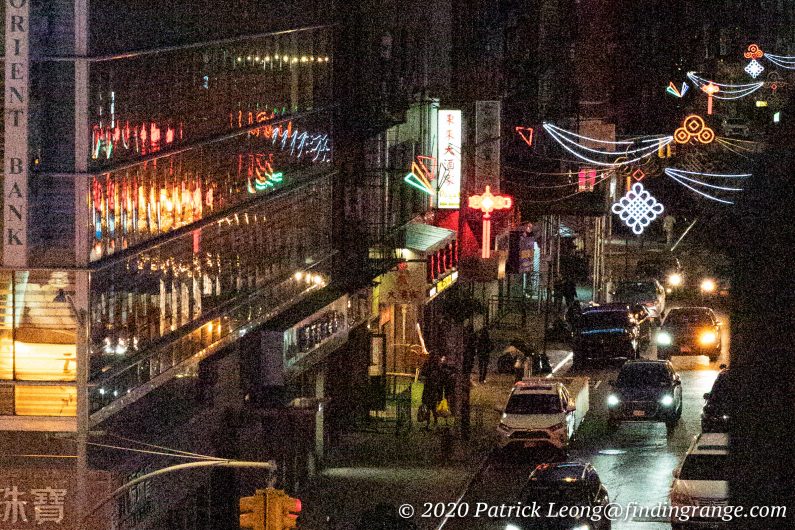
↑ Here’s a 100% crop of the photo above.
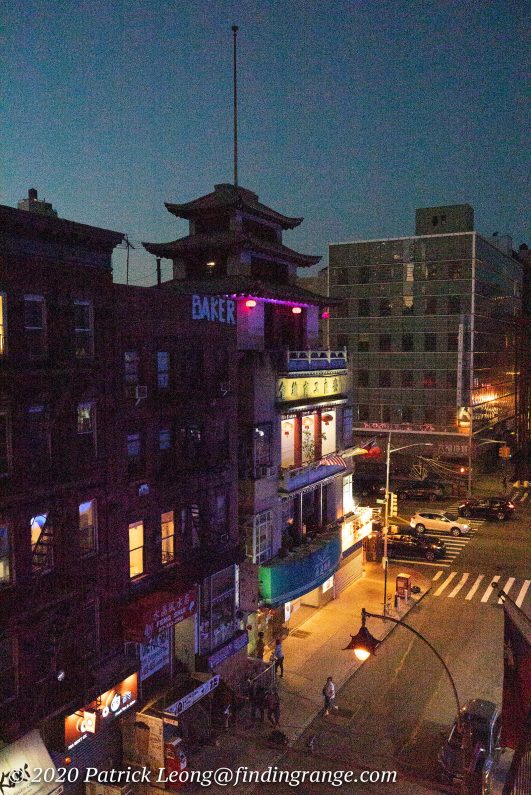
↑ Here’s a shot taken with the 24-70mm f4 set at the 32mm focal length. The settings were f7.1 and 65535 ISO.
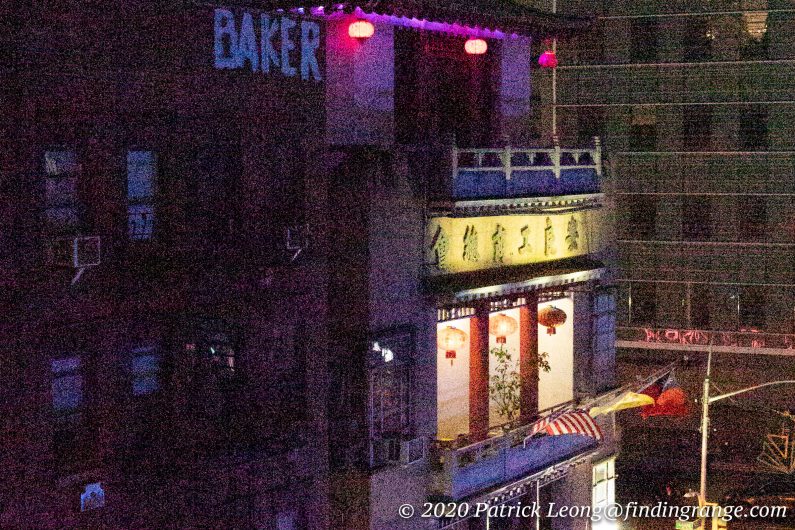
↑ Here’s a 100% crop of the photo above.
Nikon Z5 Mirrorless Camera Pros and Cons:
Nikon Z5 Mirrorless Camera Pros:
- Excellent build.
- Superb ergonomics. I really like the feel of this camera.
- Compact for full frame.
- Weather and Dust resistant.
- Great battery life.
- Fast and accurate autofocus.
- Superb image quality. One of its major strengths.
- Price makes the Z5 real value for the money. I seriously think you’re getting a lot here.
- Great camera for people new to photography or someone who is a seasoned professional.
Nikon Z5 Mirrorless Camera Cons:
- Modest 4.5 fps.
- Z5 does 4K but uses a 1.7x crop
Nikon Z5 Mirrorless Camera Verdict:
I feel like the Nikon Z5 is one of the best cameras to come out in 2020 because I think overall, the Z5 is real value for the money. In fact, I find it hard to believe Nikon even calls this camera their “entry level” full frame. I’m genuinely impressed by it.

↑ This was taken with the Nikkor Z 50mm f1.8 S at wide open aperture. I used 100 ISO.
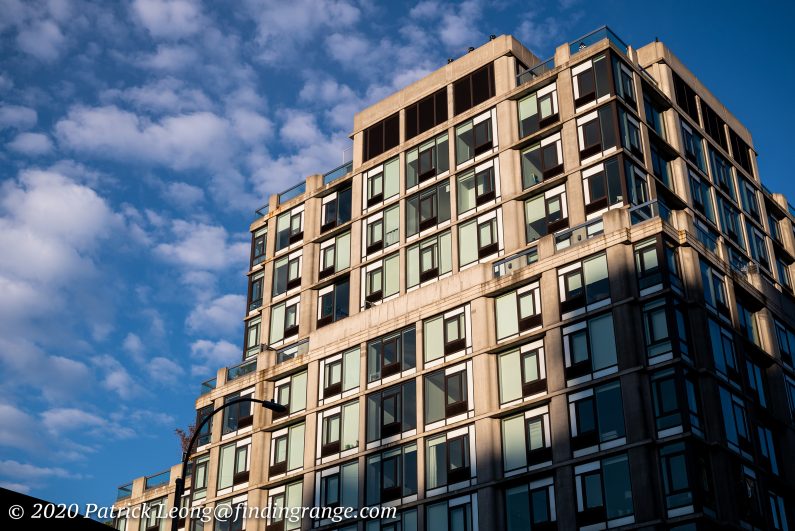
↑ Here’s an early morning shot taken with the 24-70mm f4 set at the 48mm focal length. The settings were f5.6 and 100 ISO.
Considering this is a full frame mirrorless camera that costs about $1,400, it’s obviously not going to be perfect. For one, its fastest burst mode is 4.5 fps. The Z5 also does 4K but uses a 1.7x crop. But like I said before, 4.5 fps isn’t the end of the world, and for those who are more concerned with photography than video (like me), the 4K crop isn’t a deal breaker.
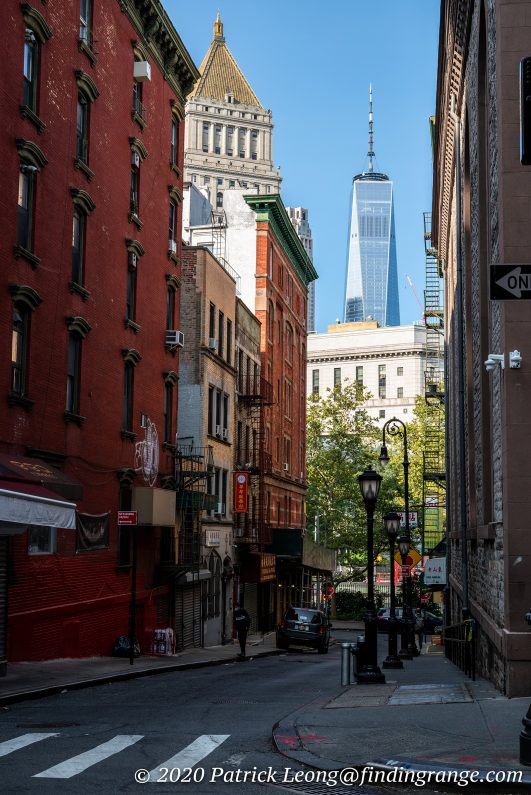
↑ This was taken with the 24-70mm f4 set at the 46mm focal length and f8. I used 220 ISO here.

↑ This was taken with the 50mm f1.8 set at wide open aperture. I used 100 ISO.
If you look at the Nikon Z5 as a whole, it seriously has some impressive features that make it feel more like a pro camera than just an “entry level” full frame. For one, the build is excellent; the chassis is rock solid, and because it is weather and dust resistant, you can take it out with you even when the weather isn’t ideal. It’s compact and easy to live with. It has an excellent EVF, dual card slots, a decent battery life, and excellent autofocus. The Z5 also produces truly superb images. Moreover, this is a camera that is great for a wide range of photographers from those who are just starting out, those who are casual shooters to those who are seasoned pros. It has the chops for all of it. It’s a camera that is that versatile. Best of all, it costs $1,396.95, and there’s even a $100 rebate on it right now.

↑ Here’s one with the 24-70mm f4 set at the 35mm focal length and f8. I used 160 ISO.
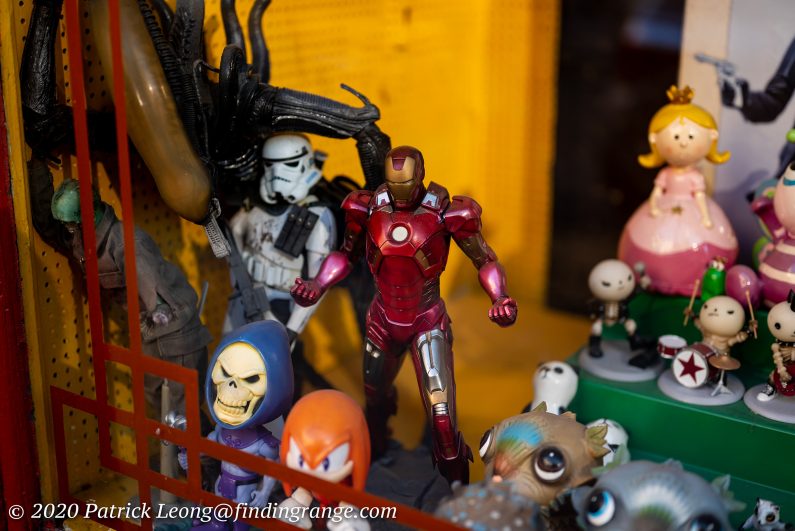
↑ This was taken through a dirty window with the Nikkor Z 50mm f1.8 S set at wide open aperture. I used 140 ISO.
As I mentioned before, for that price, you can’t even purchase a Fuji X-T4. There are areas where the X-T4 does excel in; for instance, the camera can shoot 15 fps with its mechanical shutter. But besides the fact that the Z5 is full frame, I feel like Nikon really concentrated on the main essentials that make a camera great, and man, did they get it right with the Z5. I don’t mean to be repetitive but for the price and package combo, I’m just downright impressed. I feel this is currently the best full frame entry level camera or at least one of the best offerings out there.

↑ This was taken with the 24-70mm f4 set at the 45mm focal length and f4. I used 450 ISO.
I think in some ways, it’s a bit of a game changer, dare I say. For the price of essentially an APS-C camera, you can get a really decent full frame body that performs superbly. In some areas, it even outperforms top spec APS-C cameras. I should also mention that by getting a Z5, it also opens you up to not only the Z Series lenses but also Nikon’s huge catalogue of DSLR lenses, thanks to the Nikon FTZ Mount Adapter. Before anyone says there’s just not enough Z Series lenses out yet, well, the collection is growing. Just like every other company from the Leica to even the Fujifilm, which currently has a pretty big collection of lenses, they all had to start somewhere.
So, if you’re in the market for a camera in this price range, I think the Z5 should definitely be on the top of your list. I am such a fan of it that it’s actually on my own list :).
Thanks for taking the time to read my review! If you’re considering purchasing the Nikon Z5, and my review helped you decide, please help support this site by purchasing from the links below or any mentioned in this review. It will not cost you anything extra. Thank you for your support!

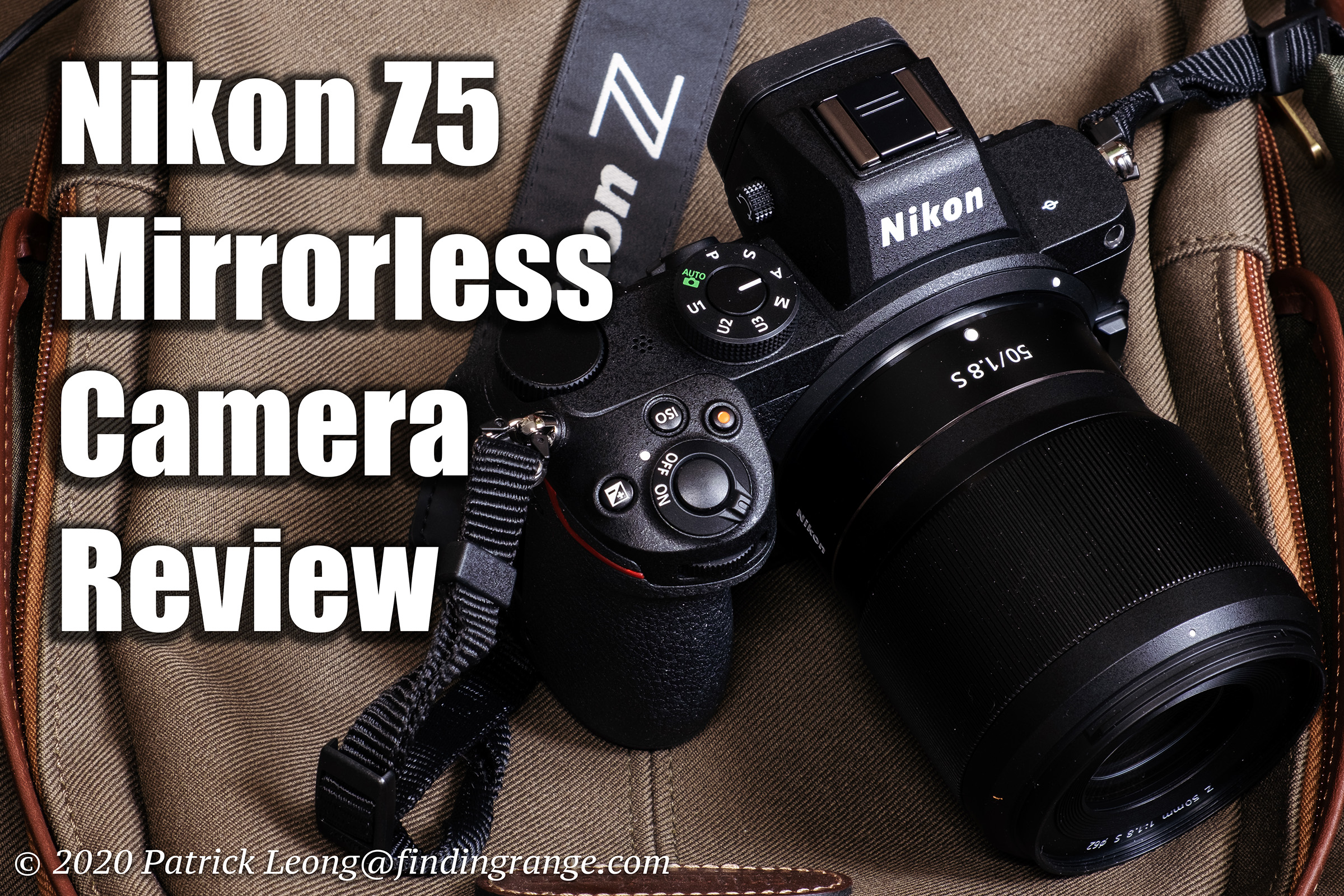
An excellent informative review. Two questions…
1 • Would you recommend the 24-70 lens you used as a top pick if picking only one lens?
2 • Would you buy this camera and if not, why?
Thanks.
Hi GD,
Apologies for the late reply! I’ve been getting my sight updated internally, and it was offline for a while. Still not finished but it’s back for now.
Thanks for your kind words! I appreciate you taking the time to read it! As for your questions, the 24-70 f4 is a fantastic choice. Out of all the zooms in that range, I think that’s the one I would pick. But seeing as I use a 50mm a lot, I think I’d be stuck between the 24-70mm f4 and the 50mm f1.8.
I would buy this camera. I think you’re getting a lot here, especially when you consider what you have to pay for it. In fact, I am still considering buying one. In my opinion, it really is one of the better cameras to come out in 2020.
I hope this helps, and again, I apologize for the late reply! The update was kind of spontaneous. Let me know if you have any other questions!
Best,
Patrick
A big downside for me is the lack of a kit lense with 24-70mm f4. What a shame !
Yes, the 24-70mm would’ve been nice, if it was included with the Z5 as a kit :).
Which has the best high iso performence?
Z5 or fuji xt4.???
Hi Chathura,
I have not done a direct comparison but just from what I’ve shot with both cameras, I think they offer similar performance. In other words, you can’t go wrong with either one. I hope this helps!
Best,
Patrick
Hi Patrick. That Nikon Z5 article is just what I was looking for. I have a Fuji X-T30 but have been thinking of also buying either a used Fuji X-T4, or a used full frame camera.
I don’t do any video these days, just stills and mainly street and general travel.
I have narrowed my choice down to the Nikon Z5, if full frame, and looking at lenses I thought the 24-70 F4 would be a good choice on that camera.
Logic tells me to stay with my Fuji system to use the same lenses that I have, which are the 18-55 mm kit lens, the 35 mm F2 and the 16 mm F2.8 ( I’m. keeping the X-T30 anyway) but I keep seeing some lovely looking jpeg pics from the Z5, including yours. The SOOC of your ones look really nice colours and I just wouldn’t mind trying full frame.
Is the weight of the Nikon Z5 and the 24-70 mm lens much heavier than a Fuji X-T4 with the 18-55 mm lens. If so, is it enough of a difference to be concerned.
Now that it is a few years later than when your review was published, has anything changed in your opinion regarding the choice between the Z5 or the X-T4, or is there a better used option I should consider now in APSc or full frame.
Thanks in advance for any thoughts to help this indecisive buyer.
Regards
Ken
Great review and it has helped me make my mind up to buy a Nikon Z5.
I have a Fuji X-T30 and was either going to upgrade to an X-T4 or 5, or Nikon Z5 (I like the idea of full frame to match my 35 mm SLR that I still have-film and procession is so expensive though) so think the Z5 will be great.
Thanks for helping me with the decision.